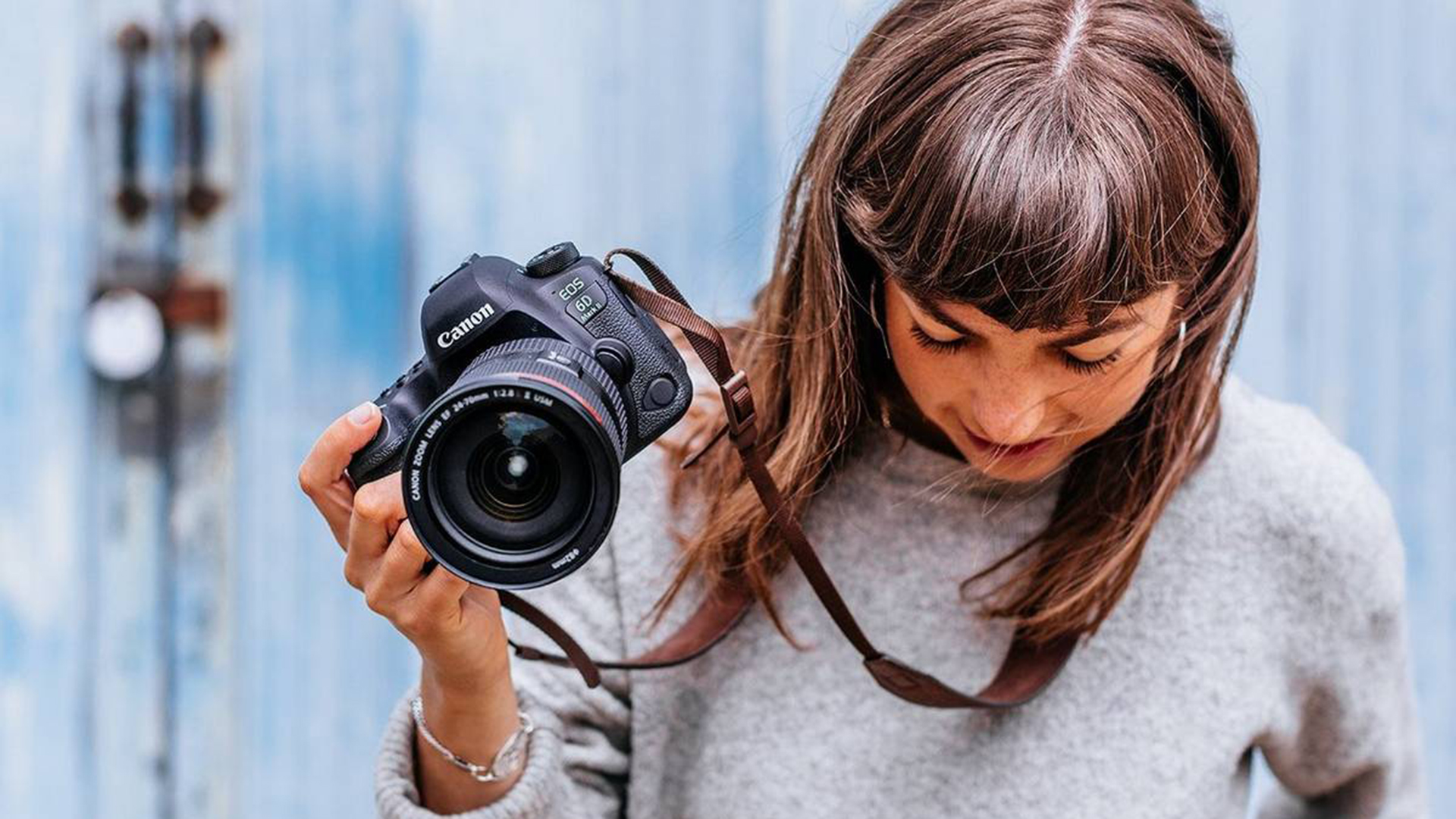Most photographers use one of the best DSLR cameras. While some choose mirrorless cameras instead, and a handful even stick to the snapper on their phone, most still prefer a DSLR camera. DSLR stands for 'digital single-lens reflex,' it's essentially a digital version of the classic camera design. Most DLSRs have a viewscreen to show pictures in real-time, most feature interchangeable lenses, and most require an SD card or similar to store pictures.
The debate around the best DSLR is lively; different photographers swear by different camera brands. There are strengths to cameras from all the big four makers - Sony, Canon, Nikon, and Fujifilm - and, quite honestly, you'll struggle to buy a lousy camera from any of these makers.
If you already own one of the best cameras and want to upgrade to an enthusiast model, we advise you to consider whether you are prepared to part with your lenses. If you've invested heavily in lenses, sticking with the same brand is best. If you don't have much to lose, you may want to move to a more advanced DSLR from a brand with different or cheaper lenses.
Our picks of the best DSLR cameras feature bodies from all the leading manufacturers. We advise you on which lenses to buy and how other accessories compare to the competition.
The best DSLR cameras we recommend
Why you can trust Top Ten Reviews Our expert reviewers spend hours testing and comparing products and services so you can choose the best for you. Find out more about how we test.
Top Ten Reviews is on a mission to review everything we feature in our buyer's guides. Still, while we work hard to make this a reality—or where this isn't possible—some of our guides still feature rankings based on our team's considerable expertise and research.
While we haven't been able to test any of the units in this guide in person, we've instead honed in on top-rated brands and used our knowledge of the best features to help you make the right decision for your home, all for the best price.
The best DSLR camera overall
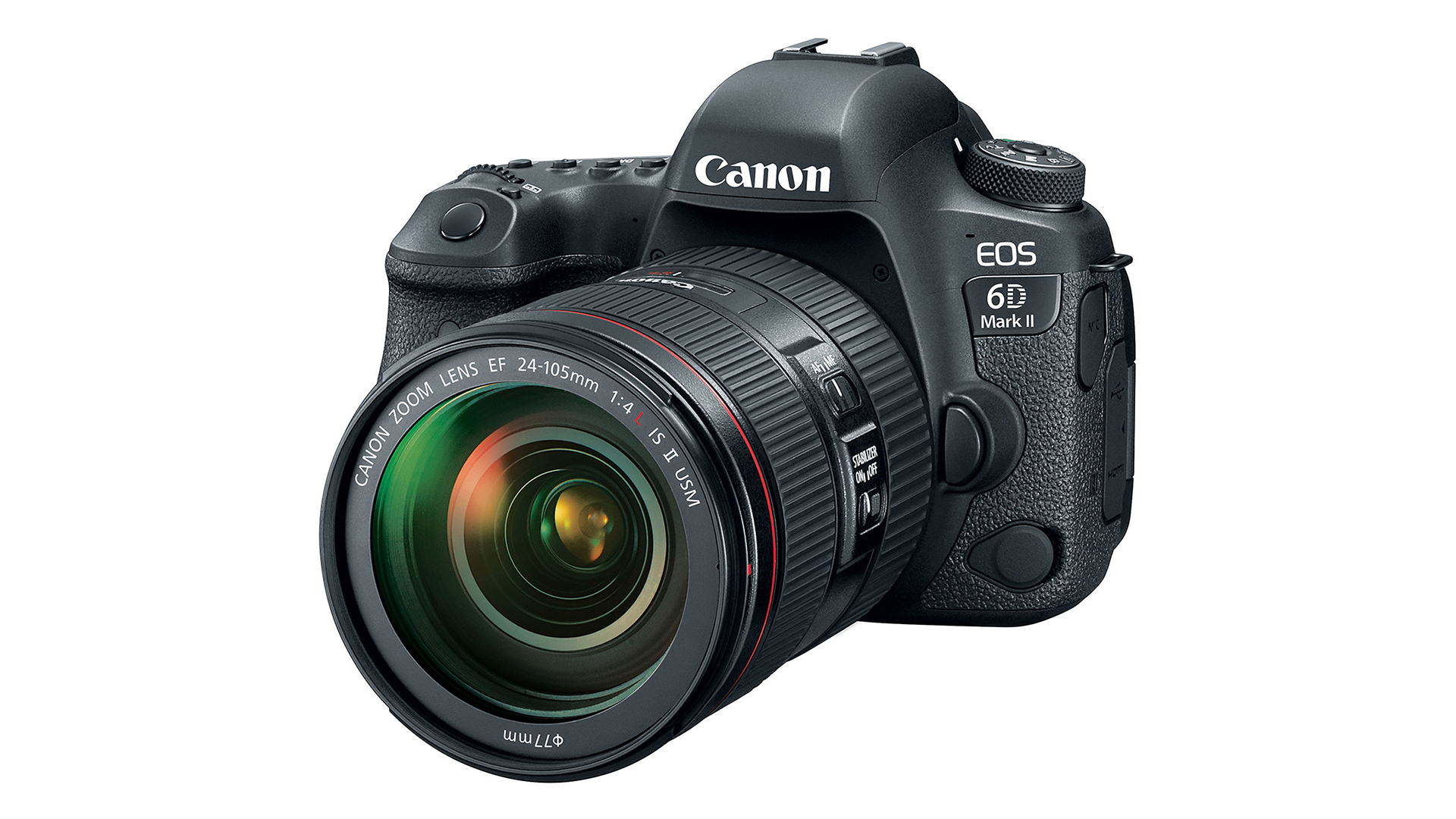
The Canon EOS 6D Mk II is a fantastic DLSR camera for both newcomers and experienced users. It offers easy-to-use controls and superb weather-sealed ergonomics, combined with a lot of power, thanks to a newly redesigned 26.2MP full-frame CMOS sensor. Dual-pixel autofocus works well in live-view mode. The optical viewfinder and 3-inch vari-angle touchscreen combo help with shot-aligning, too.
The AF is limited to 45 points, and the burst shots top out at 6.5fps, so we're not at complete professional levels here. Indeed, video is also limited, with a Full HD 1080p top end but an impressive 60fps. The dynamic range could also be better, but it is struggling at the low end of ISO. All that said, it still punches above its price point.
We particularly liked the onboard Wi-Fi, NFC, and Bluetooth, which ensure you're always fully connected and have maximum data to back your shots. The 1,090-shot battery life is also a draw, which helps make this enthusiast DSLR a real all-around winner for its entry-level price.
The best DSLR camera for professionals
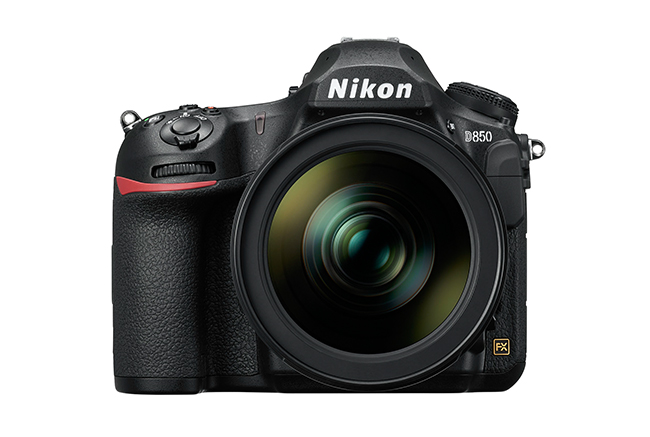
Most high-end DSLRs prioritize fast burst shooting or a high megapixel count, but the D850 proves you can have the best of both in a single camera. The 45.4MP sensor provides stacks of detail while burst shooting for up to 7fps – or 9fps with the optional battery pack – is perfect for action shooters needing, or just wanting, that high-resolution output.
Add to that a superb focusing system, 4K video recording, and a rugged, weather-resistant construction, and you can see why professionals across many disciplines so highly regard the D850. It works with so many exquisite lenses, making it that much better.
Although the D750 is not as well-spaced, it’s an easier way to get into full-frame shooting if you want something cheaper.
The best 4K DSLR camera
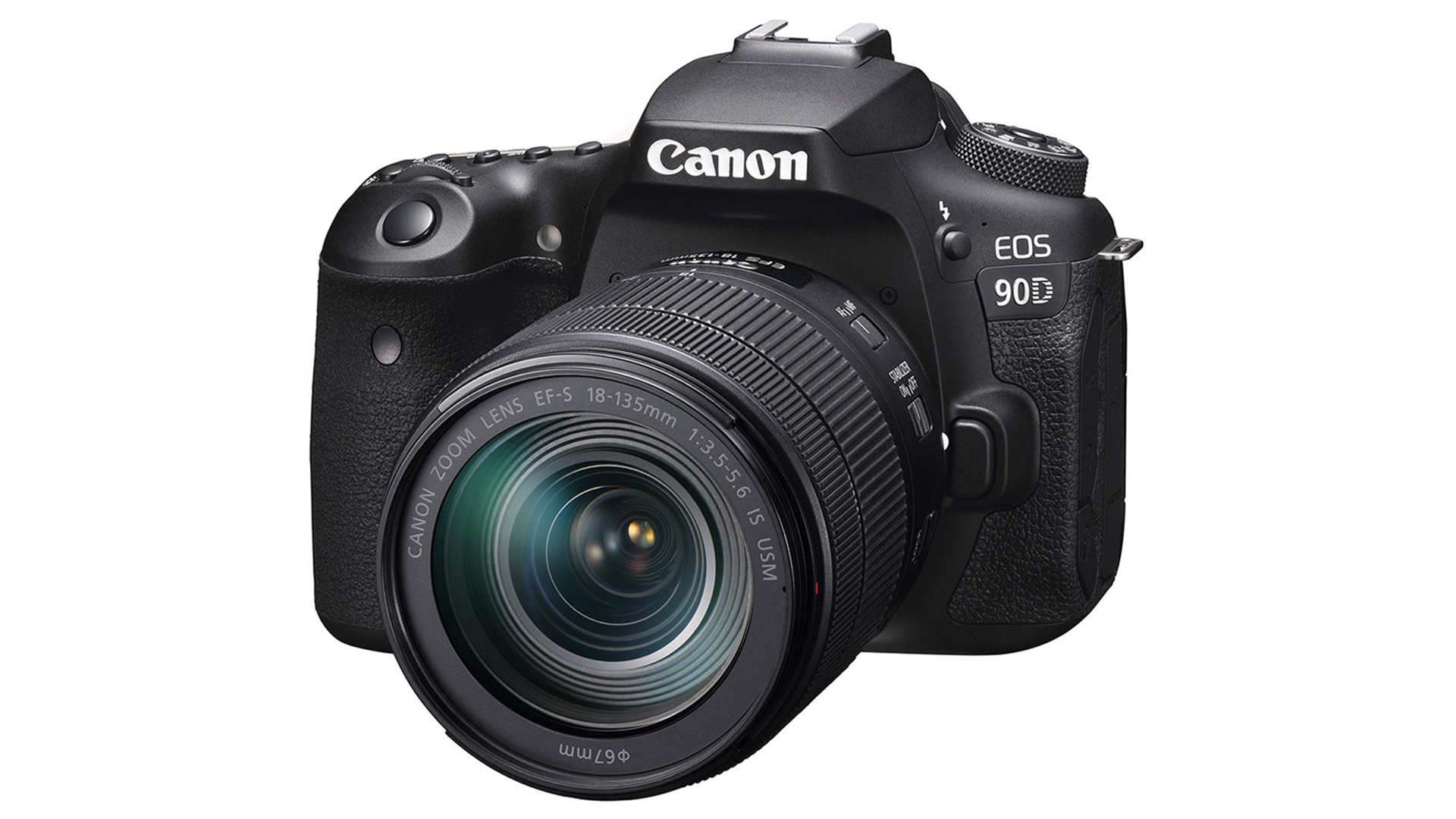
The Canon EOS 90D is a superb option for anyone who needs the powerful 32.5MP APS-C CMOS sensor this ergonomically well-designed camera offers. This means uncropped 4K video and a capable 45-point autofocus system with 45 cross-types. All that makes for an excellent DSLR for both video and still shots.
There's a new processing engine in this generation that is capable of capturing an impressive 10fps of burst shots. And with a 1,300-shot battery, this can continue much longer than much of the competition. The joystick control is another helpful feature that helps cater to the enthusiast and the improving beginner.
The best 4K DSLR camera for beginners
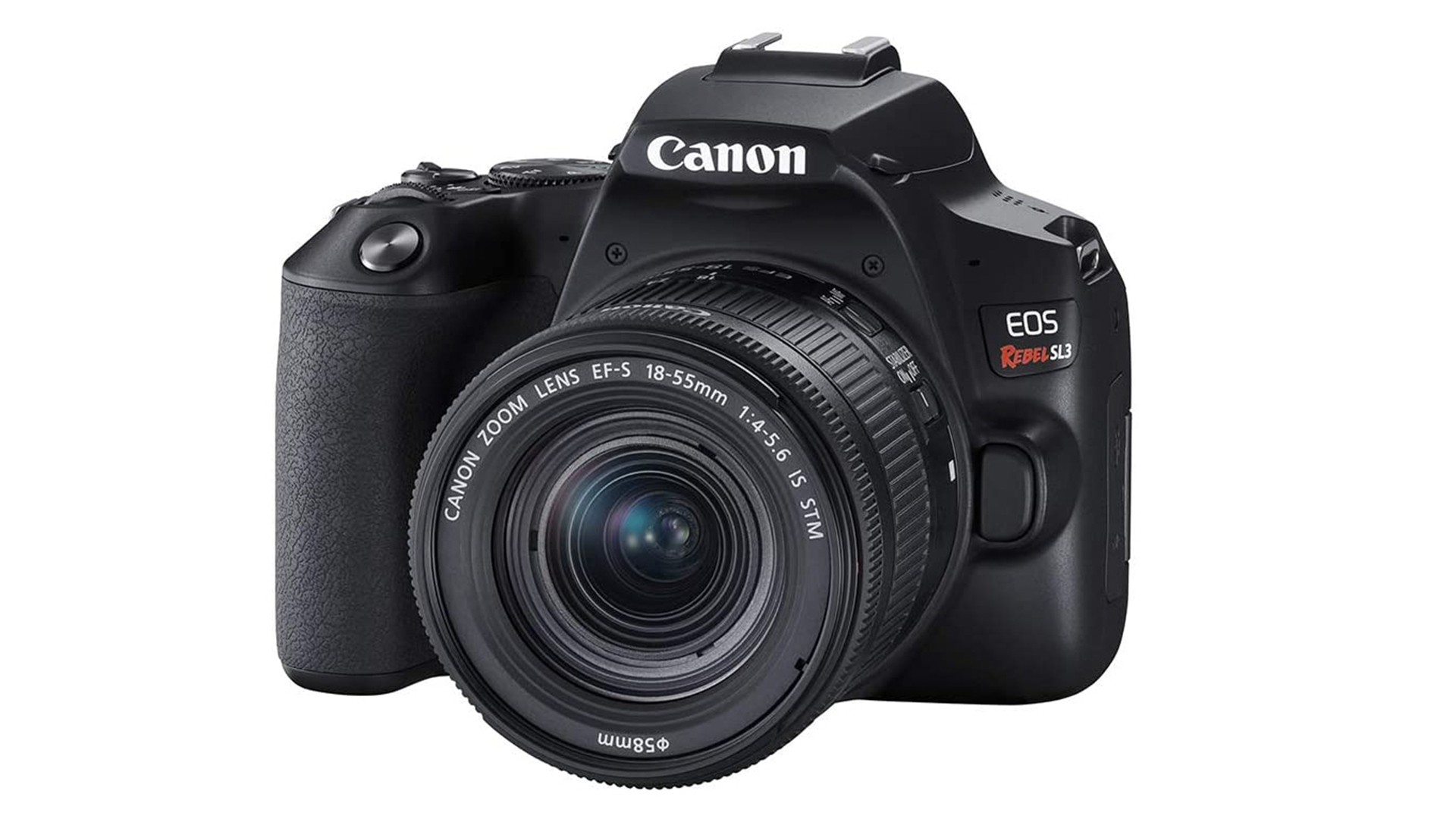
The Canon EOS Rebel SL3 / EOS 250D is a superb beginner DLSR camera that is easy to use but offers many options for anyone looking to improve their camera skills. This lightweight camera is easy to handle and offers simple controls.
The Dual Pixel CMOS AF system also makes shooting easier. Ideally, it could use more AF points, but it does an excellent job of getting the most from that 24.1MP sensor. The 3-inch vari-angle touchscreen is easy to use and is a great way to shoot video. This is in 4K, but that will be cropped a little in the final result.
Thanks to the EF-S lens mounting system, you'll have access to many lens options, making it ideal as a system that can grow as your skills develop.
The best budget full-frame DSLR
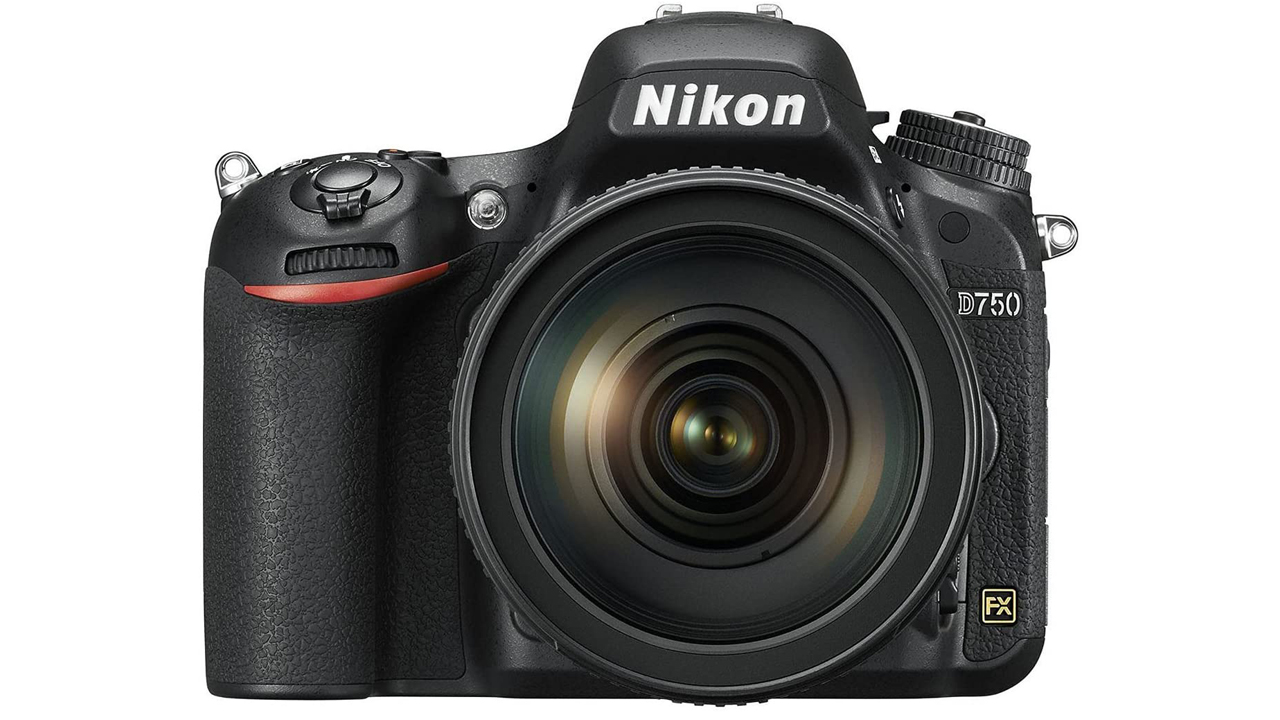
It's not the newest or shiniest model here, but the D750 is a DSLR that offers bags of features and an excellent full-frame sensor for a sensible price. Key highlights include 6.5fps burst shooting, a tilting LCD screen sized to a generous 3.2 inches, and a 51-point AF system that does brilliantly when faced with static or moving subjects.
Image quality is excellent, with low noise levels at higher sensitivities and a broad dynamic range. Unless you need 4K video, this would be a sterling choice for those looking to move into full-frame shooting without blowing a fortune.
If you like what you see but want a little more to play with, the D850 offers a handful of extra features and a more robust body—for a premium.
The best budget DSLR camera
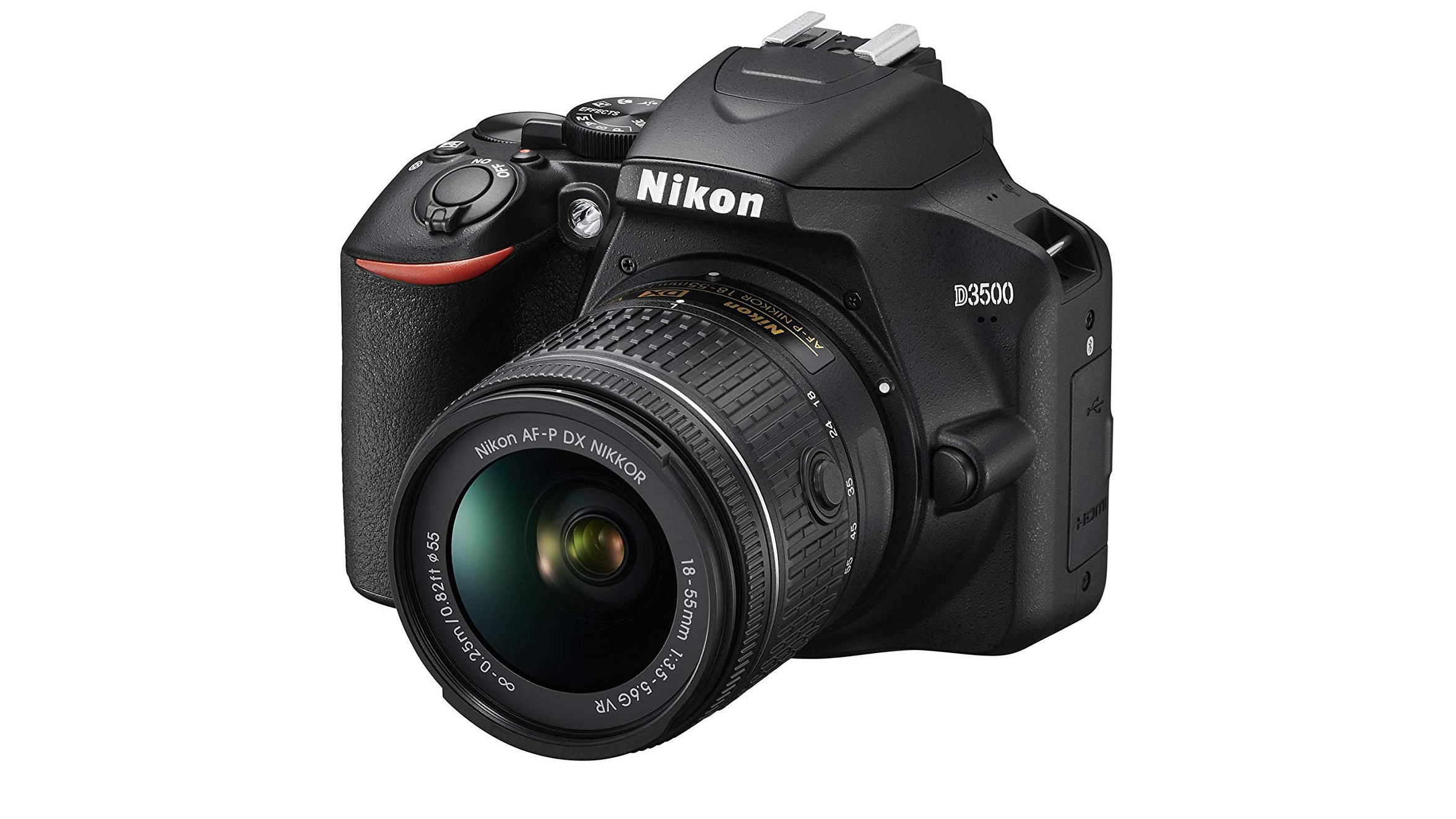
The Nikon D3500 is a superb option for anyone wanting a DSLR with many features but without the steep price tag, making this perfect for beginners who wish to join Team Nikon. The 24.2MP sensor is a competent APS-S CMOS setup with one of the sharpest image results at this price. This is backed by a decent kit lens which, again, helps make this affordably appealing to a newb.
It covers an 18-55mm range, is perfect for general photography, and gives you a bit of zoom. Nikon’s DX-lens system, which the camera uses, has a wide range of options for getting more specialized, and they don’t cost the earth.
Get over 1,500 shots on the battery and use the Snapbridge app to send shots automatically to your phone, costing you a little of that battery life.
While the D3500 is ideal for beginners, it will help you graduate quickly and start using Manual and Aperture / Shutter priority with ease to get some spectacular shots.
